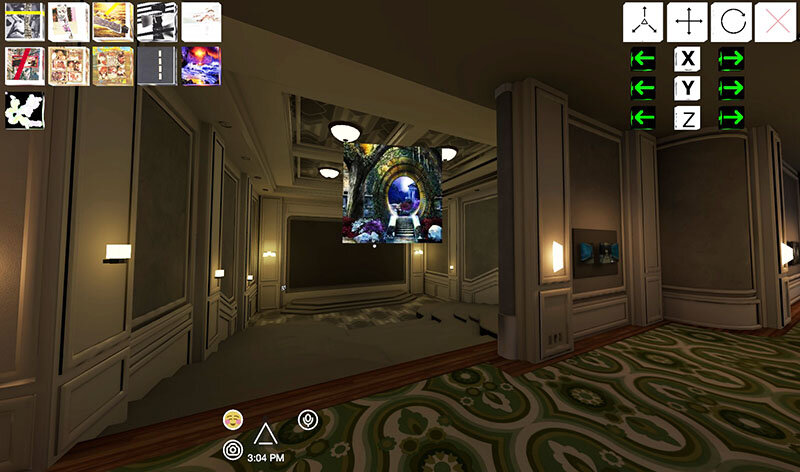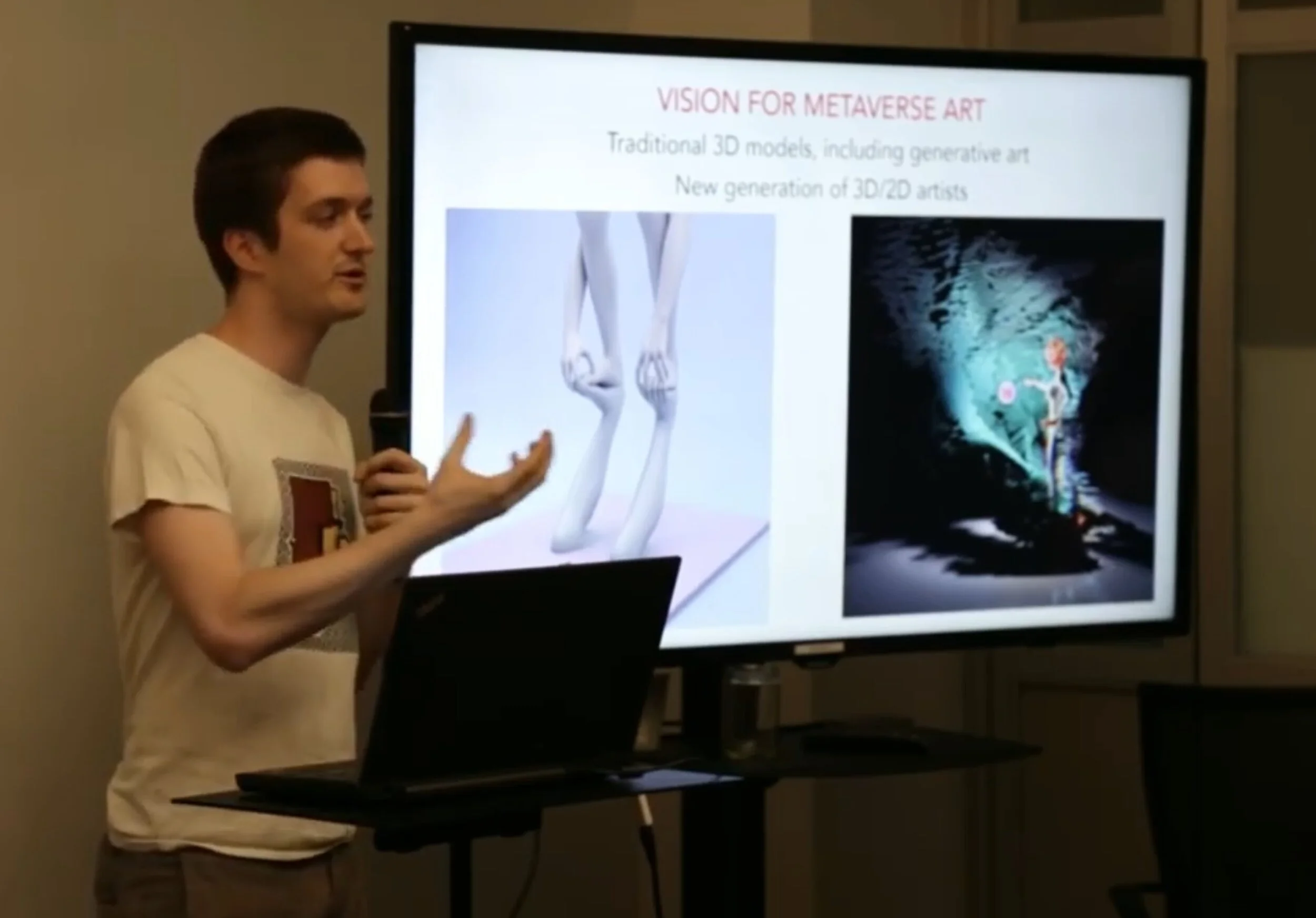2015 - Start thinking about VR art galleries and what it means for architecture.
2016 - This gallery was created in Revit and the art was sculpted using Tiltbrush.
2020 - Additional pieces were added to the environment and the lighting recalculated.
The gallery that started it all






In summer of 2016, after graduating from University, I moved to New York City for a new job at an architectural VR software company. Right away, I started participating in a multi-week art hackathon called “Art-A-Hack”.
The goal of our project was to develop a platform that would enable artists and galleries to spatially curate and manage VR art show. The long term goal was to expand this to augmented reality art shows once the hardware would be ready.
HACK IT OUT
Through the work of our team, we were able to create a proof of concept website to host and manage 3D models and a 3D interface in AltspaceVR that let us choose from our uploaded models to place them in the metaverse.



After the hackathon, I brought the idea to AltspaceVR and kept working on the project with a developer. While the developer was working on programming project together, I took care of the user interface, project management, designing galleries, finding artists and organizing VR art shows.
Dramatically, after roughly one year of working on the project, AltspaceVR announced that it would be abruptly closing down. Coincidentally, I was in the middle of Gaspésie visiting my father. During the last 24 hours of the platform closing, I stayed in the gallery as long as I could and hosted a slew of metaverse visitors who were gathering for the supposed final days of altspaceVR. That week was the first and final time the gallery was shown to a large online public.
[insert video and images of the “last days of AltspaceVR” in this gallery ]
